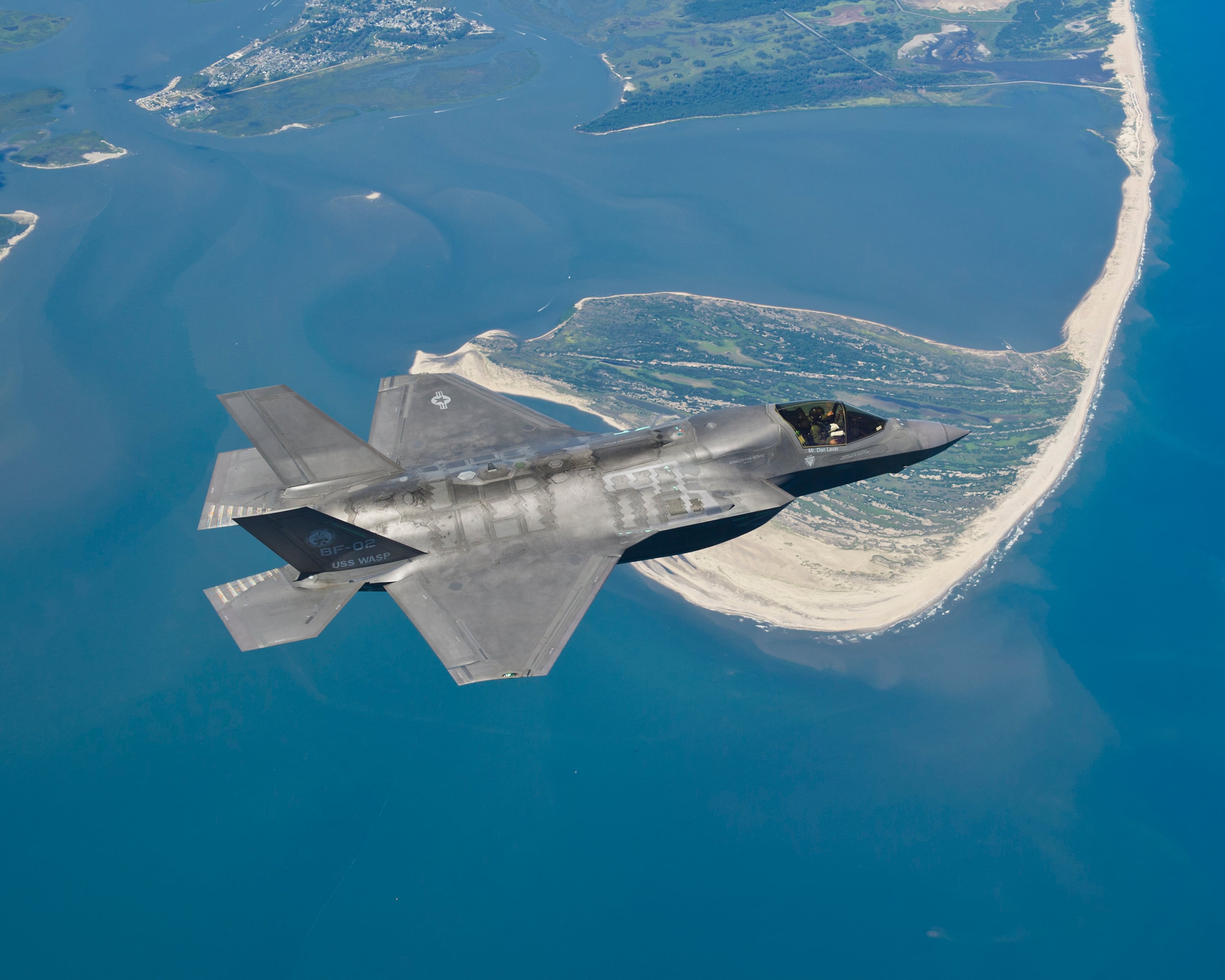On July 13, two F-35B lightning II jets based out of Marine Corps Air Station Iwakuni, Japan, were severely damaged after being struck by lightning in flight.
Both planes were able to land safely and no Marines were injured in the incident, according to the Marine Corps.
But the lightning-on-lightning violence caused enough damage to both aircraft to classify each incident as a Class A mishap. Class A mishaps are defined as incidents that result in either death or permanent disability, or more than $2.5 million in damages.
“After conducting our standard reporting and assessment procedures, the weather-related incident was labeled as a class ‘A’ mishap due to the combined projected repair costs exceeding two and a half million U.S. dollars,” Capt. Marco A. Valenzuela, a spokesman for Marine Air Group 12. told Marine Corps Times in an email.
“The safe operation of our aircraft and the readiness of our squadrons are vitally important to us in order to continue supporting our allies, partners, and joint forces in the region,” Valenzuela added.
The F-35A traditional takeoff variant of the lightning II repeatedly has been prohibited from flying in or near thunderstorms due to issues with its onboard inert gas generation system, or OBIGGS.
The OBIGGS pumps nitrogen-enriched air into the plane’s fuel systems, rendering it inert and preventing it from blowing up if struck by lightning.
Damages to the tubes that deliver the nitrogen-enriched air led to lightning flight restrictions in June 2020.
The vertical takeoff variant F-35B has a slightly differently designed OBIGGS system, which fits around its lift fan and historically has made it immune to the lightning issues of its F-35A cousin.
“We are currently conducting an investigation into the mishap and will incorporate the lessons learned into future flight operations,” Valenzuela added.





